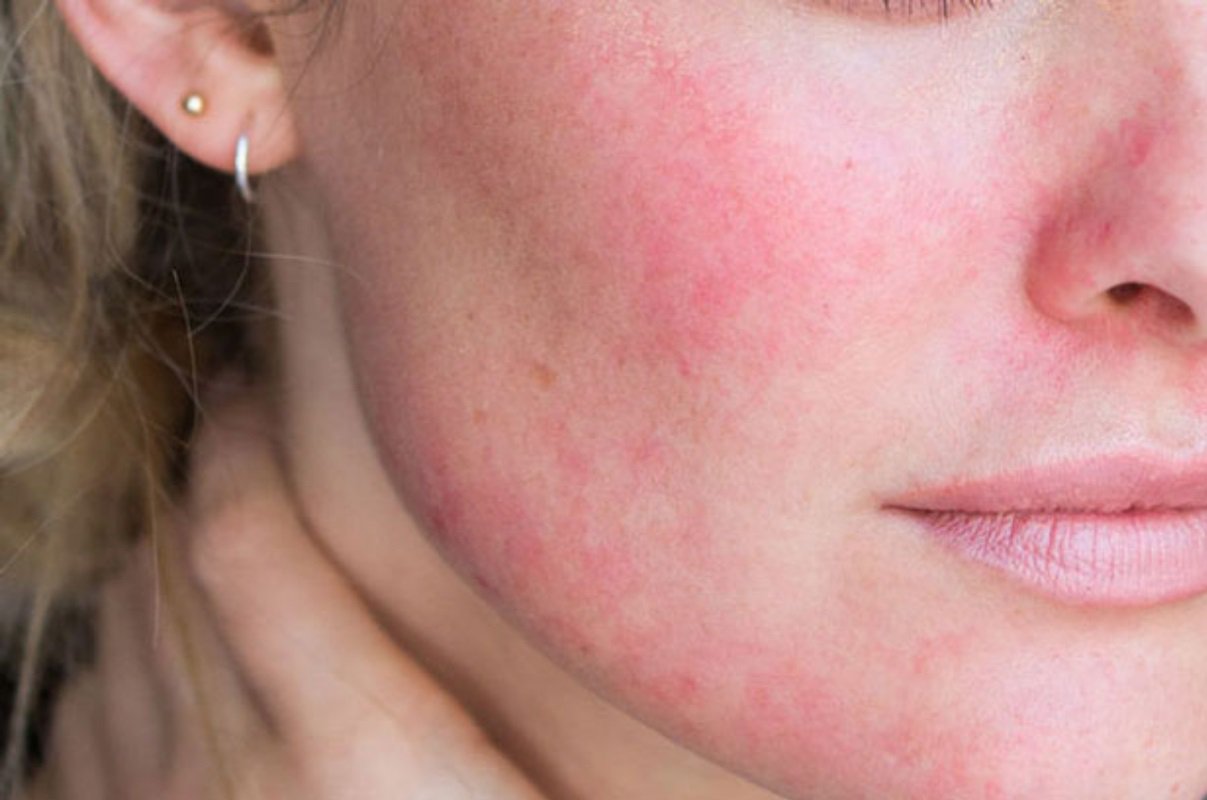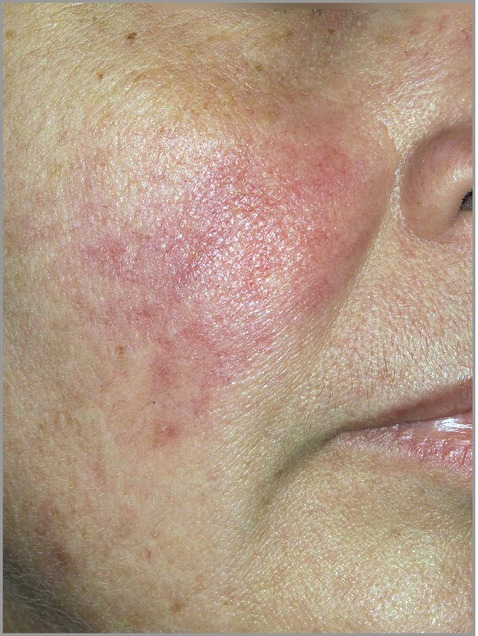
What are Demodex?
• Demodex are mites, 0.1–0.4mm long, that live in or near normal hair follicles
(Demodex folliculorum) and the ducts of sebaceous glands (Demodex brevis)
predominantly on the scalp, eyelashes, external ear canals, forehead, sides of the nose,
and cheeks. The tiny mites come out of follicles at night to walk around slowly
(8–16cm/h) on the surface of the skin.

They mate in the follicular openings.
• Demodex are rare in children < 5 years old.
• Demodex are probably not pathogenic in immunocompetent humans. Increased
numbers of mites are found in some papulopustular follicular eruptions, such as
rosacea and acne, but their role in pathogenesis is controversial, and it is not clear if
eradication is helpful.
• Demodex infestation in immunocompromised patients with conditions, such as
HIV/AIDS or acute lymphoblastic leukaemia, may cause inflamed papular eruptions
(demodicosis).
What should I look for?
• Scaly erythematous papules or papulopustular lesions on the face, associated with
variable swelling.
• No response to treatments for rosacea, e.g. oral tetracycline, topical metronidazole.
• Erythematous papules or papulopustular lesions on the scalp or chest.
• Blepharitis and pustules around the eyelids.
• Groups or clusters of erythematous papules, sometimes in annular patterns.
• Minimal itch.
What should I do?
• Take a skin scraping. Large numbers of mites will be visible in scale suspended in
potassium hydroxide.
• Treat with 5% permethrin cream applied once a day for 3–5 days.
• Severe infestations can be treated with oral ivermectin.